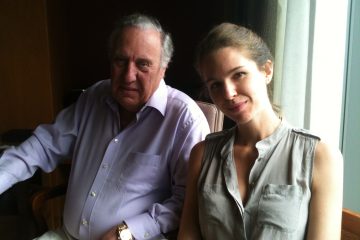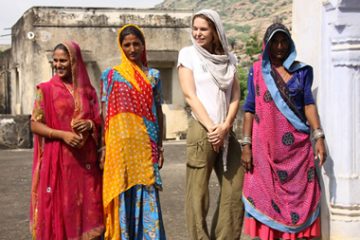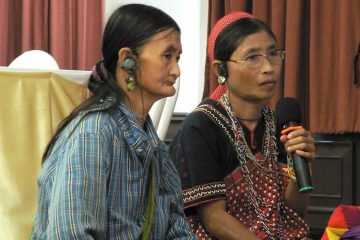South China Morning Post, 3 November 2013. Forsyth’s latest political thriller – cold war intrigue made new for the age of Al Qaeda – is heavy on the thrills and light on the politics. He speaks of spooks, Snowden and Cyberspace with Jo Baker.
AT 74, FREDERICK FORSYTH allowed himself a small concession in researching his latest book. In Mogadishu, he hired a bodyguard. “I’ve only done it once before,” says the veteran novelist, reclining at a desk his Hong Kong hotel suite. “We didn’t stay inside what’s called The Camp – a kind of sandglass-walled and barbed wire enclave used by most foreigners – but in a hotel in the city. Which was… interesting. My wife said I was a stupid old fool, but I felt like if I was going to describe it I had to see it!.”
Fans might have forgiven Forsyth for researching one of the world’s more dangerous cities, in Somalia, from a distance. But the British thrill master felt that his latest look into the world of modern-day terrorism,…






